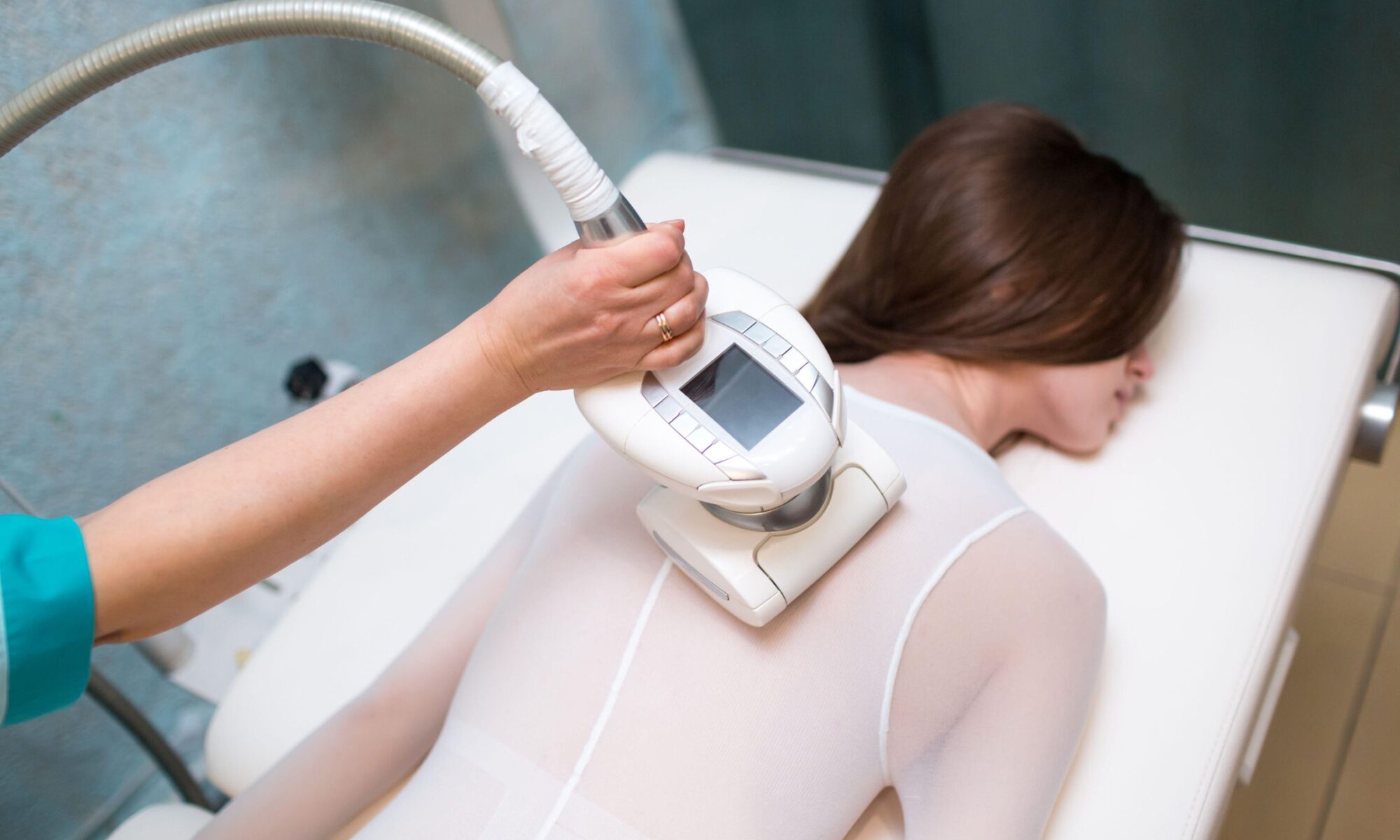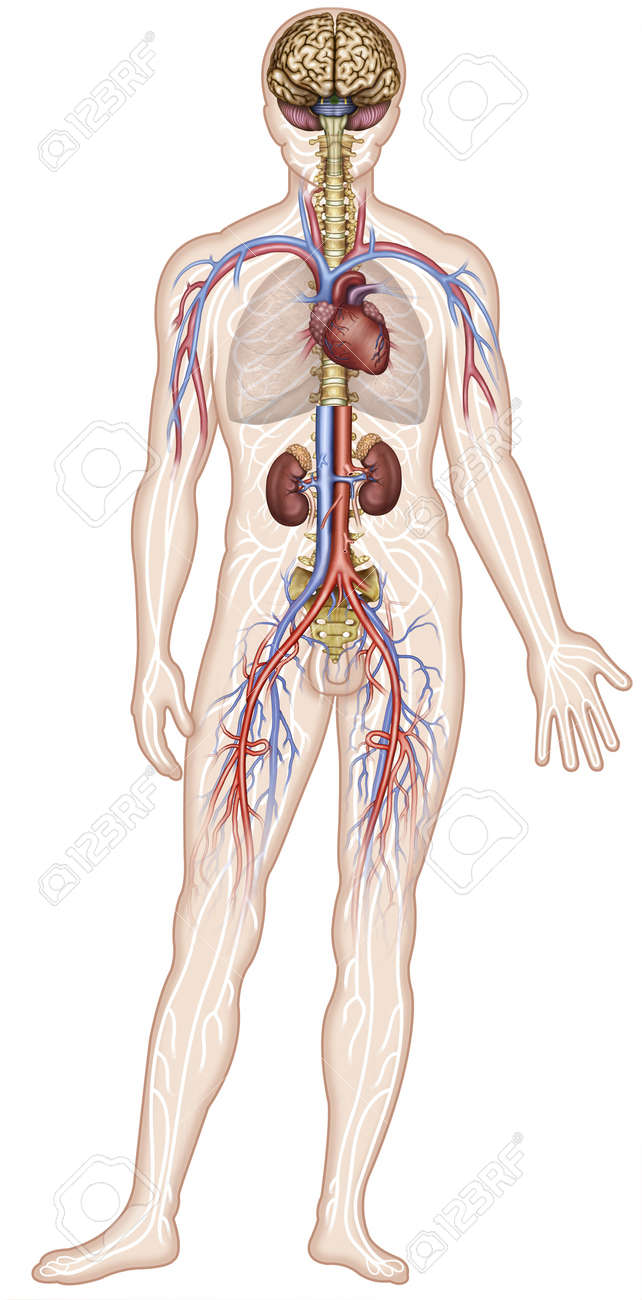As technology pushes into every corner of healthcare, from robotic surgery to smart prosthetics, it’s no surprise that wearable compression devices are now being marketed as high-tech solutions for lymphatic health.
These futuristic tools promise consistent pressure, convenience, and automated care. However, can they truly replace the healing hands of a trained therapist?
Can wearable compression robots replace manual lymphatic drainage therapy? To answer that, we need to explore how these devices work and what makes manual drainage lymphatic massage so effective.
The Rise of Compression Technology in Lymphatic Care
Wearable compression robotics are designed to mimic the natural movements of lymphatic flow. Using air pumps and smart algorithms, they apply timed pressure to limbs or torso areas affected by lymphedema or fluid retention.
These machines are often promoted as alternatives to traditional treatments like manual lymphatic drainage, particularly for post-surgical patients or those with chronic swelling.
There’s no denying their convenience. They can be used at home, require less physical assistance, and offer consistent compression patterns. However, what they offer in automation may lack therapeutic nuance.
How Manual Therapy Differs from Robotic Pressure
Manual drainage massage is a precise technique performed by trained therapists who understand anatomy, lymph node mapping, scar sensitivity, and individual fluid patterns.
Unlike wearable robots, manual therapists can:
- Adjust pressure based on the patient’s real-time feedback
- Avoid areas of inflammation or surgical scarring
- Focus on key lymph node clusters and drainage routes
- Support emotional relaxation through human connection
Manual lymphatic drainage therapy is adaptable and never a “one-size-fits-all” solution. Robotic compression, while innovative, cannot replicate this level of personalization or sensitivity.
The Human Touch Factor
One of the most powerful aspects of manual drainage lymphatic massage is the therapeutic presence of touch. For cancer survivors, post-surgical patients, and individuals living with chronic swelling, the human connection offers something a machine cannot: compassion, trust, and intuitive care.
Studies in psychoneuroimmunology have shown that therapeutic touch improves outcomes by reducing cortisol levels, easing anxiety, and supporting immune function. While a robot may apply compression, it cannot listen to your breathing, read your body language, or respond to subtle cues the way a skilled therapist does during manual lymphatic drainage therapy.
When Compression Robots Are Helpful

That’s not to say wearable compression robots don’t have value. For some patients, especially those who are immobile, live in remote areas, or need support between appointments, they can provide a helpful boost.
In fact, many therapists recommend using these devices in conjunction with manual sessions. They’re particularly useful for:
- Maintaining results between drainage lymphatic massage sessions
- Evening self-care for those with daily swelling
- Post-travel lymphatic support
- Managing symptoms during flare-ups
The key is recognizing that these tools are supportive, not substitutive. They can extend therapy’s benefits, but don’t replace it.
Clinical Research and Evidence
Studies comparing compression therapy with manual lymphatic drainage suggest both approaches can help reduce swelling, but the most significant, lasting improvements tend to occur when both are used together.
One randomized study published in Lymphology (2017) found that patients receiving manual drainage lymphatic massage combined with compression garments saw greater reductions in limb volume and subjective discomfort than those using compression alone.
Another review in Supportive Care in Cancer emphasized that manual lymphatic drainage therapy significantly improves the quality of life for post-cancer patients, an outcome that pressure sensors or algorithms can’t fully measure.
Safety Considerations
Another factor where manual therapy is advantageous is safety, as compression robots apply force in fixed intervals. That pressure may be inappropriate or even harmful for someone with fragile capillaries, scar tissue, active infections, or compromised skin.
A trained therapist practicing manual lymphatic drainage therapy can immediately identify these concerns and adjust treatment accordingly. Machines can’t yet offer that level of clinical discernment.
For safety reasons, drainage lymphatic massage remains the gold standard for:
- Post-mastectomy care
- Lymphedema management
- Recovery from abdominal or orthopedic surgery
- Autoimmune or inflammatory disorders involving fluid retention
The Therapist-Patient Relationship
Lymphatic conditions are deeply emotional. Living with chronic swelling, discomfort, or post-surgical changes takes a toll. A human therapist brings empathy, emotional safety, and therapeutic presence that machines simply can’t deliver.
Many patients describe lymphatic drainage therapy sessions as a time to reconnect with their bodies after trauma or illness. The quiet space, focused touch, and calm rhythm offer a type of healing that goes beyond fluid movement; it touches the spirit.
Can Robots Replace Manual Therapy?
Wearable compression devices may be adjuncts, but they are not replacements. They serve as useful maintenance tools but lack the responsive, personalized, and holistic care that manual drainage lymphatic massage provides.
For complex cases, trauma recovery, scar-sensitive areas, or people simply needing a more compassionate touch, human-delivered lymphatic drainage therapy remains irreplaceable.
Conclusion
There’s a place for innovation in lymphatic care. Technology can support healing, but it must be used wisely and not at the cost of proven human-centered therapies. Manual lymphatic drainage therapy offers something deeper than devices ever could: a responsive, relational, healing connection that understands your whole body – not just your symptoms. Lymphatic Therapy Services integrates the best of both worlds: hands-on expertise, research-backed practice, and thoughtful guidance on home-based tools like compression wearables.


